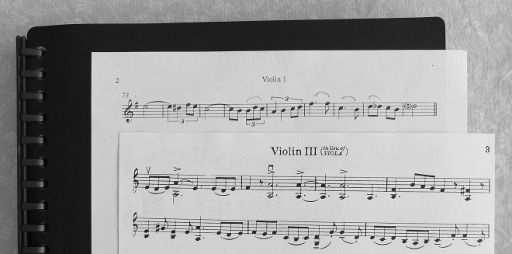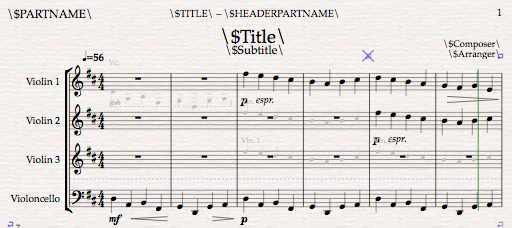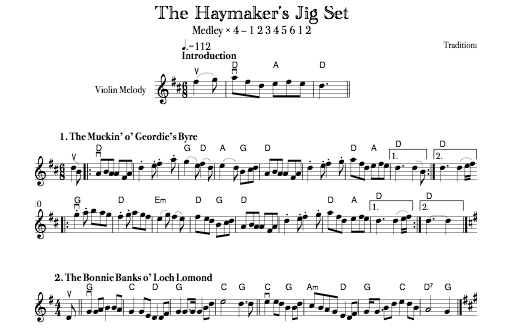Yes, but you may have to convert it to MIDI first, losing a lot of detail.
Imports and exports: imbalance of trade
Transferring files between music editors has always been difficult. Even the two behemoths of the field – Sibelius and Finale – don’t make it easy to transfer. between them.
The programming effort involved in writing an importer or exporter is immense. The programmer has to study all possible aspects of the format, and decide how to translate them. It is therefore not totally surprising that the export options are sparse. If you are developing a notation package, why expend programmer time to make it easy for your customers to leave? On the other hand, adding import options gives you a competitive edge.
As an example, for many years, Sibelius could import the MusicXML format, but not export. If you really needed this capability, you could buy the Dolet plugin. This changed in 2011: Sibelius 7 added native XML export, while MakeMusic (the company which makes Finale) purchased the Dolet software and made it freely available.
MusicXML is a good (but not perfect) way to migrate files between different programs. However, the program we are currently concerned with is LilyPond. As of November 2012, there is no way to export from LilyPond to MusicXML. If this capability is ever added, you should use it.
MIDI: the last resort
However, LilyPond files can be converted to audio, as MIDI (Musical Instrument Digital Interface) files. Most music editors can import these.
There is no command to export a LilyPond file to MIDI (instead of the more common choice of typesetting it to PDF). Instead, you need a \midi block in the music. See the GNU LilyPond Notation Reference – Creating MIDI files for specifics.
Existing file collections may come with source files for generating MIDI. For example, the King Arthur music used in previous examples made pre-generated MIDI files available, and also provided the file “Arthur-MIDIs.ly” for re-creating them.
Why is MIDI the last resort?
Before editing or printing notation imported from MIDI, it is vital to understand its limitations. For details, see Why didn’t this MIDI file import properly?
More LilyPond
- What is a LilyPond file?
- How do I read this LilyPond file?
- How do I edit a LilyPond file?
- How do I transpose a LilyPond part?
- Can I import a LilyPond file into my graphical notation editor?


